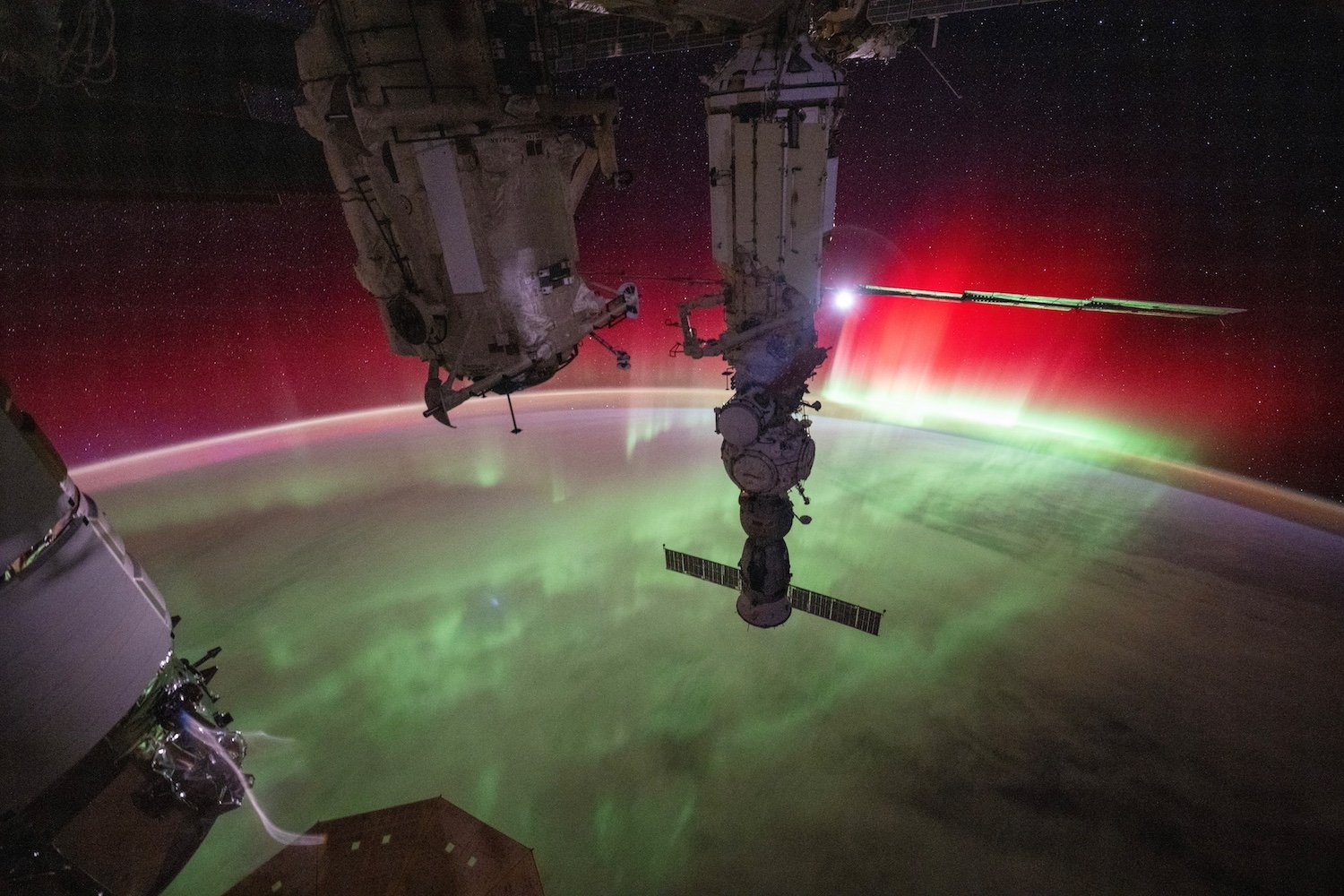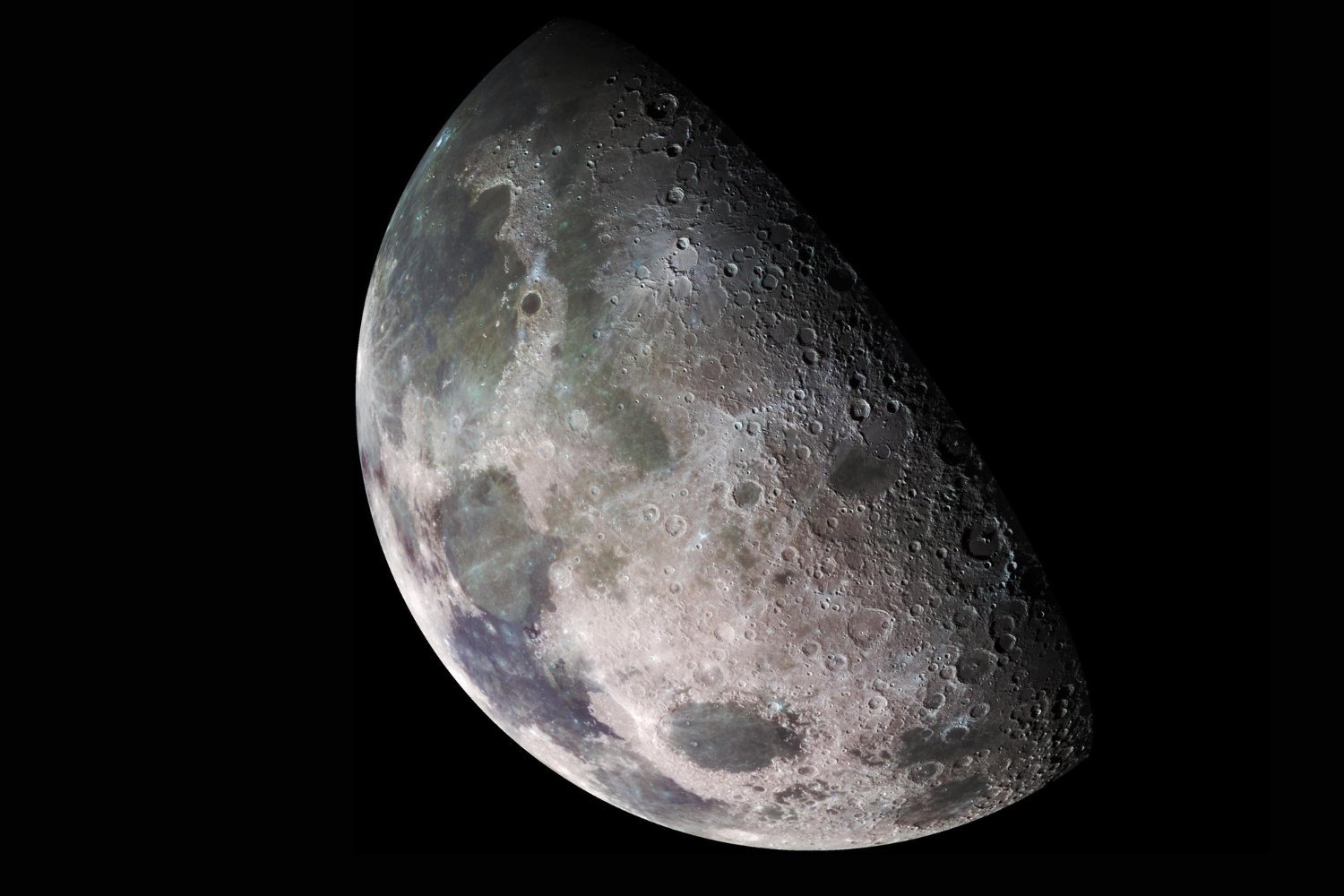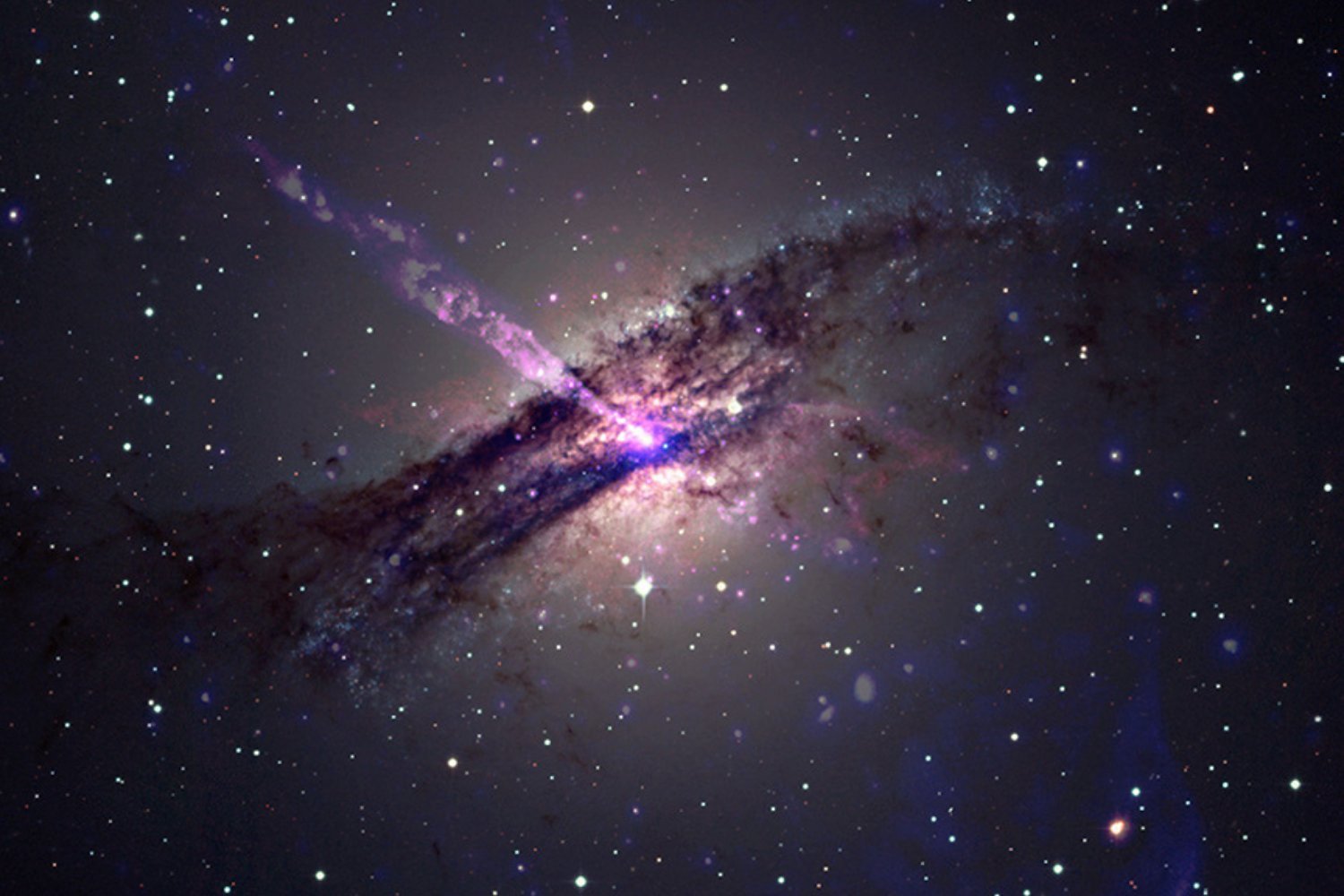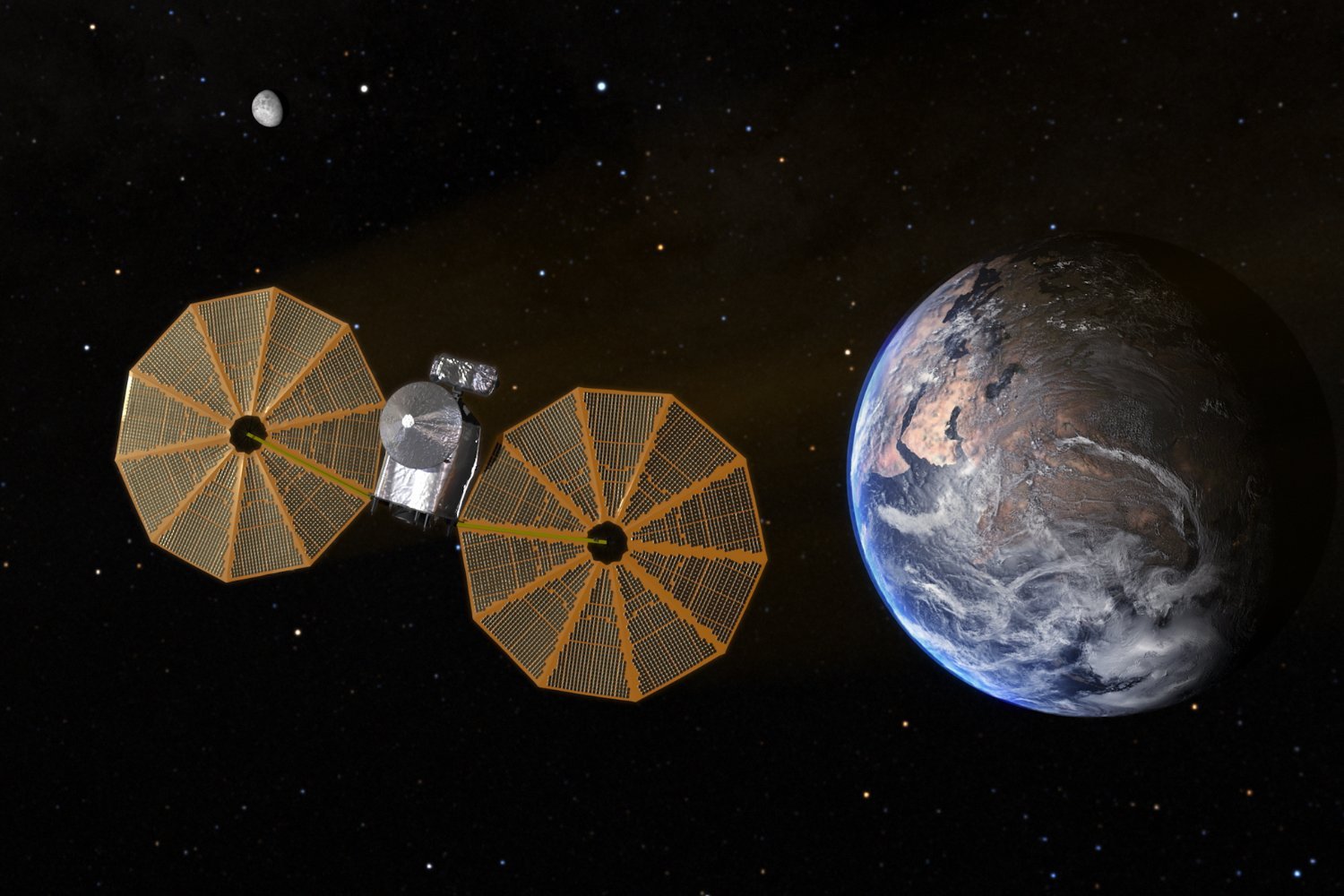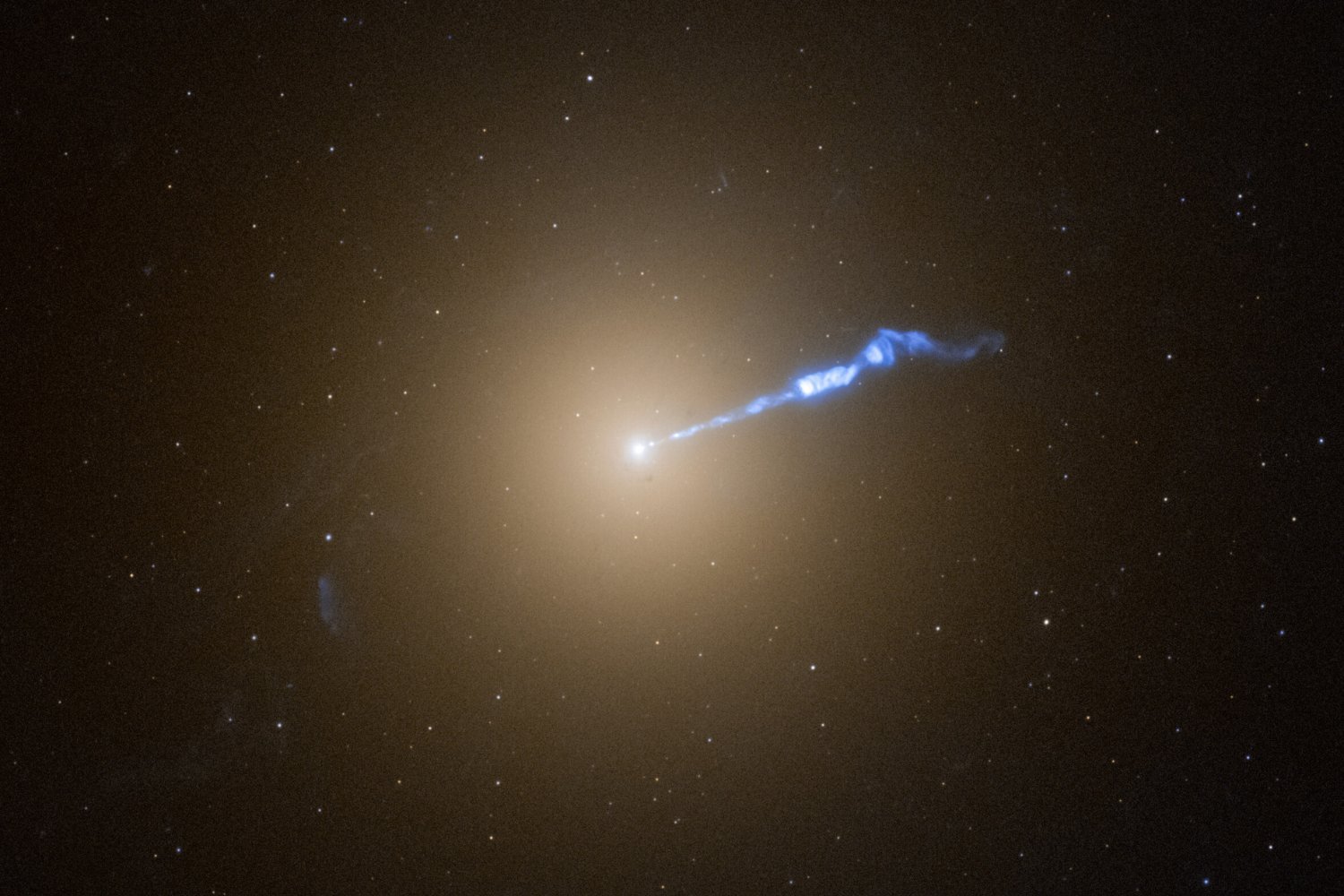The Sculptor Galaxy, also known as Caldwell 65, is a dynamic hub of stellar birth and intricate dust structures. Situated just 11 million light-years away—a close neighbor in cosmic terms—this spiral galaxy offers an exceptional window into the lifecycle of young stars. Astronomers, utilizing the Very Large Telescope (VLT), have now captured an extraordinarily detailed and colorful image of the Sculptor Galaxy, illuminating the vibrant processes unfolding within our galactic vicinity.
A Grand Unveiling by ESO
The European Southern Observatory (ESO) recently released this stunning, galaxy-wide image of the Sculptor Galaxy, showcasing an impressive count of 500 planetary nebulae and providing a zoomed-in perspective on star-forming regions in a rich spectrum of colors. This new galactic portrait was created by overlaying the spectroscopic data onto an existing map of formed stars within Sculptor, resulting in the captivating blend of pinks and blues.
 Vibrant multicolored image of the Sculptor Galaxy revealing star formation and gas clouds, captured by VLT's MUSE instrument
Vibrant multicolored image of the Sculptor Galaxy revealing star formation and gas clouds, captured by VLT's MUSE instrument
“Galaxies are incredibly complex systems that we are still struggling to understand,” explained ESO researcher Enrico Congiu in a statement. “The Sculptor Galaxy is in a sweet spot. It is close enough that we can resolve its internal structure and study its building blocks with incredible detail, but at the same time, big enough that we can still see it as a whole system.” Congiu is the lead author of the study detailing these findings, published in Astronomy & Astrophysics.
Capturing Cosmic Detail
As one of the nearest galaxies outside our immediate Local Group, Sculptor presents an ideal subject for observations aimed at understanding the internal mechanics of these vast cosmic entities. To generate this latest, highly detailed image, the research team dedicated over 50 hours of observation time using the VLT’s Multi Unit Spectroscopic Explorer (MUSE) instrument. They meticulously stitched together more than 100 individual exposures, covering an expansive area of the galaxy approximately 65,000 light-years across.
Galaxies are composed of stars, gas, and dust, each emitting light at different wavelengths, which translates to different colors. While galactic images typically feature a limited color palette, this new view of Sculptor dazzles with thousands of distinct colors, each narrating a different aspect of its complex story.
Deciphering the Galactic Hues
The image vividly highlights regions emitting specific wavelengths of light from elements such as hydrogen, nitrogen, sulfur, and oxygen. The pervasive pink glow seen throughout the snapshot originates from ionized hydrogen within star-forming regions, energized by the radiation from newly born stars. A distinctive cone of white light at the galaxy’s center is attributed to an outflow of gas driven by the supermassive black hole residing at Sculptor’s core.
“We can zoom in to study individual regions where stars form at nearly the scale of individual stars, but we can also zoom out to study the galaxy as a whole,” commented Kathryn Kreckel, a researcher at Heidelberg University, Germany, and a co-author of the new study, underscoring the versatility of the data.
A Trove of Discoveries and Future Explorations
Initial analysis of this comprehensive galactic map has already led to the identification of hundreds of planetary nebulae within the Sculptor Galaxy. These are the glowing shells of ionized gas ejected by dying stars, similar to our Sun. “Beyond our galactic neighborhood, we usually deal with fewer than 100 detections per galaxy,” noted Fabian Scheuermann, a doctoral student at Heidelberg University and co-author of the study, emphasizing the significance of this abundant find.
The team plans further in-depth analysis of the dataset to trace the journey of gas within galaxies—how it flows, changes composition, and ultimately coalesces to form new stars. “How such small processes can have such a big impact on a galaxy whose entire size is thousands of times bigger is still a mystery,” Congiu added, highlighting one of the fundamental questions driving their research.
Conclusion
This breathtakingly colorful and detailed image of the Sculptor Galaxy marks a significant step forward in our ability to study nearby galactic systems. It not only provides a visual spectacle but also delivers a wealth of data that will fuel further research into star formation, galactic evolution, and the intricate interplay of cosmic matter, deepening our understanding of the universe’s grand design.
References
- European Southern Observatory. (2025). ESO Lifts the Veil on the Sculptor Galaxy’s Star Factories. Retrieved from https://www.eso.org/public/news/eso2510/
- Congiu, E., et al. (2025). MUSE-PHANGS: A Rhapsody of Gas and Stars. Astronomy & Astrophysics. Retrieved from https://www.eso.org/public/archives/releases/sciencepapers/eso2510/eso2510a.pdf



